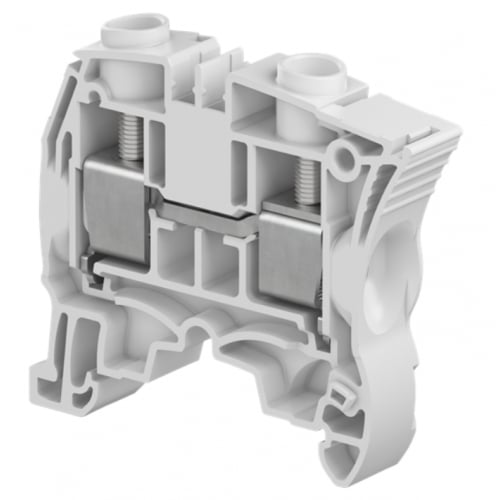Hi guys, I'm trying to find a good quality terminal to connect 16mm2 conductors. The ones I have found are those white plastic terminal blocks that just by looking at it may spark and catch fire. I'm used to wago connectors which are a wonder but I can't find anything above 6mm2. What do you guys use/recommend?
I'm getting a SWA cable across the garden, but inside the house I'm using T&E 16mm2, so hence the reason to connect the 2 together
I'm getting a SWA cable across the garden, but inside the house I'm using T&E 16mm2, so hence the reason to connect the 2 together




